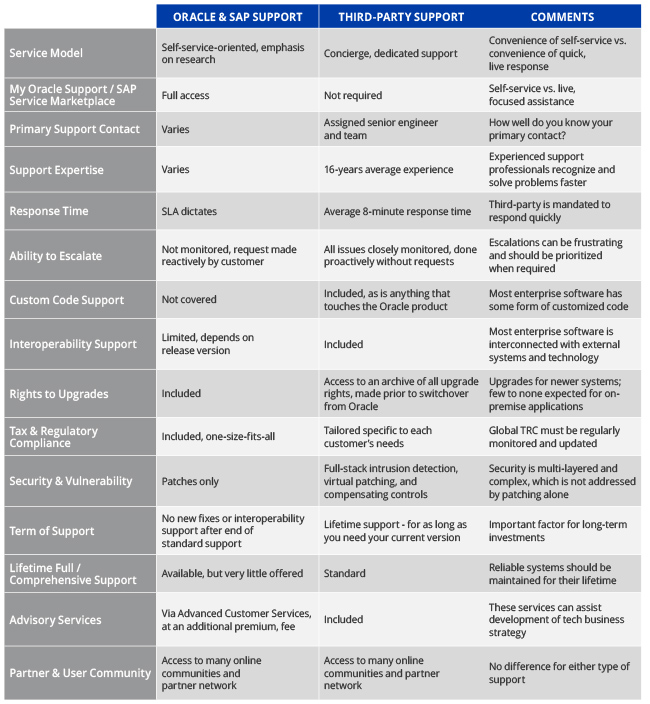February 28, 2019 | Larry Goldman | Senior Director, Product Marketing
A “paradigm shift” in science occurs when a fundamental change in thought leads a society to replace a way of thinking with an entirely new standard. Think planets revolving around the sun, or germs as the cause of disease.
While true paradigm shifts are rare in business, what we are witnessing today are dramatic technological shifts, driven by automation, convenience, and the desire for cost savings. Businesses are now built by challenging the status quo, with whole industries being upended and replaced by more efficient tools and processes. Think digitization, cloud computing – and software support.
The Flaws in Traditional Publisher Software Support
As software development has evolved over the decades from a linear, stage-based approach to a more agile, iterative, and team-based model, customers have benefited from a focus on user requests and quicker product time-to-market. The same cannot be said for the accompanying software support, which remains costly but has seen no innovation or evolution from the customer perspective. Publishers like Oracle use their maintenance revenue to drive the development of cloud solutions, not update their support services for on-premise applications.
Whereas customers once paid maintenance fees to get more personalized support, in-version product enhancements, and the right to new upgrades, they now pay fees for self-support tools, fewer to no enhancements, and the right to repurchase cloud-based replacement solutions. They have become resigned to downgraded, de-personalized support, remaining on board and paying more each contract for “business as usual.”
IT Leaders Have A Right to Expect More for Their Spend
These are the conditions that have given rise to replacement alternatives like third-party Oracle software support. If you are only accustomed to the software vendor approach, appreciating the differences between the publisher support and third-party support models can require a shift in perspective.
To start, most IT teams already understand the limits of Oracle support. They’ve become accustomed to partial support for interoperability and no support for custom code. They are used to spending more work hours searching for answers to support existing systems and fewer on the department’s strategic initiatives. And they will often settle for working with unsolved minor bugs that will not be patched or prioritized by Oracle.
Lastly, the business objectives of third-party support providers are different from those of Oracle. Third-party providers are intensely focused on the quality and value of customer service. In other words, customer service, not software development, is job one. Profits are promptly reinvested to improve service quality for the software you currently own, not the cloud software you may eventually own.
A Comparison of Traditional Oracle Support and Modern Third-Party Support
To help your understanding, we’ve assembled the table below, which compares the fundamentals of two support models and offers comments on the importance of each area.

A Third-Party Support Guide Designed for IT Leaders
Now that you’ve seen the high-level differences, you can see why thousands of organizations have already switched to third-party support. Third-party support is not for every organization, but every organization should investigate it. You should be able to clearly answer which is the best support model for your IT team.
To that end, we have published “What IT Leaders Need to Know About Third-Party Oracle and SAP Support,” a guide designed to help IT leaders understand and build the internal case for third-party support. Download and get started today.
